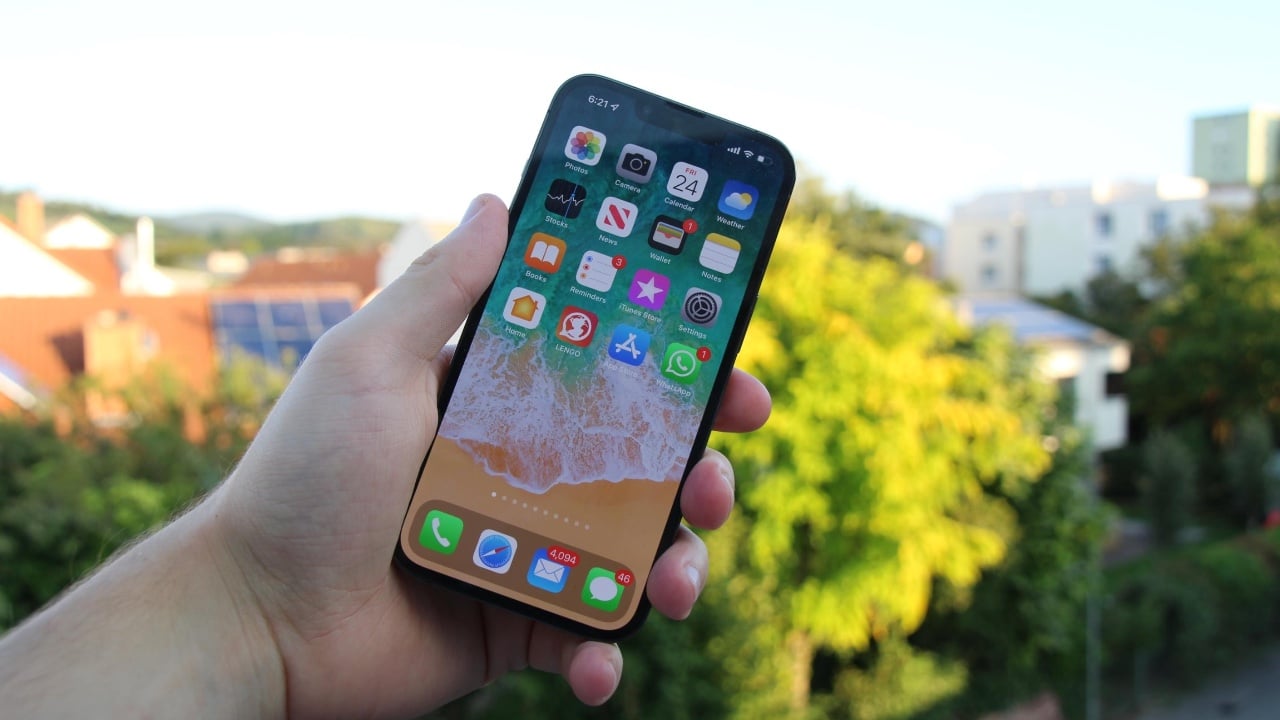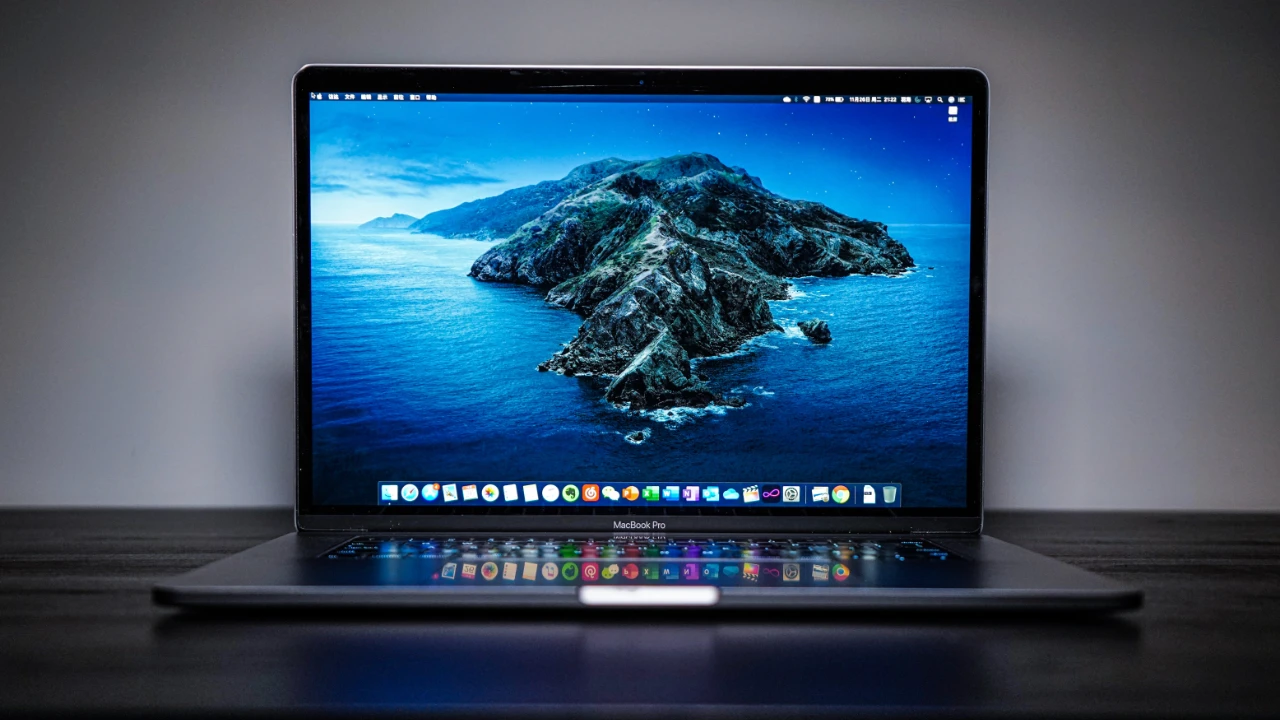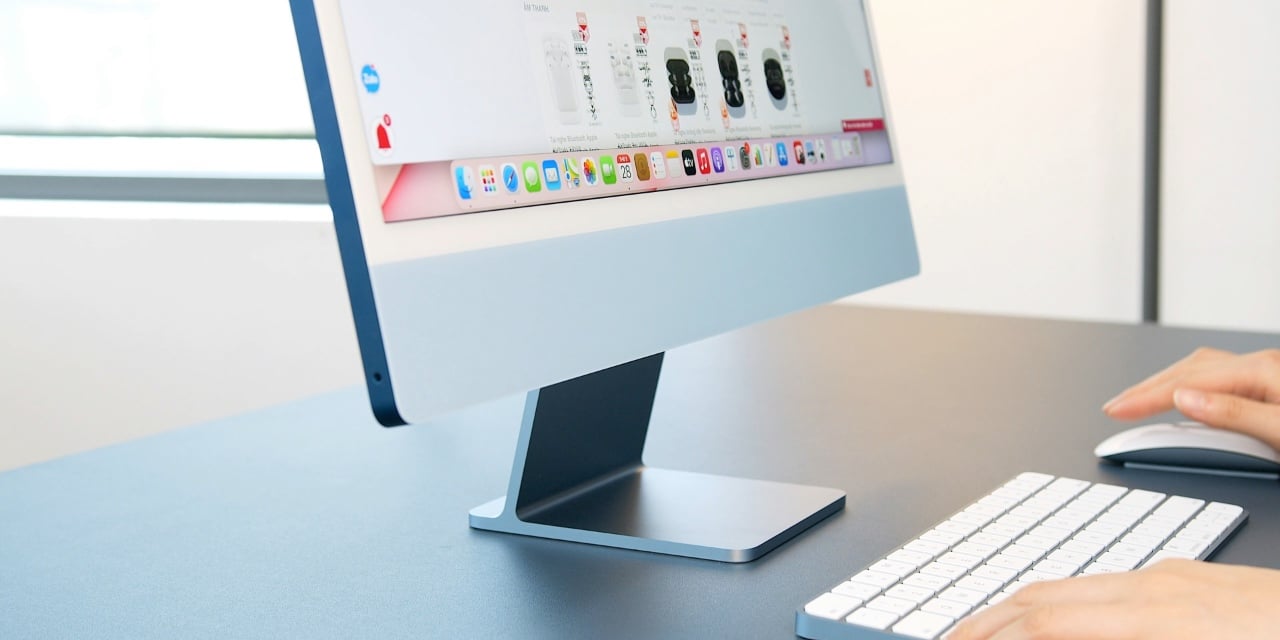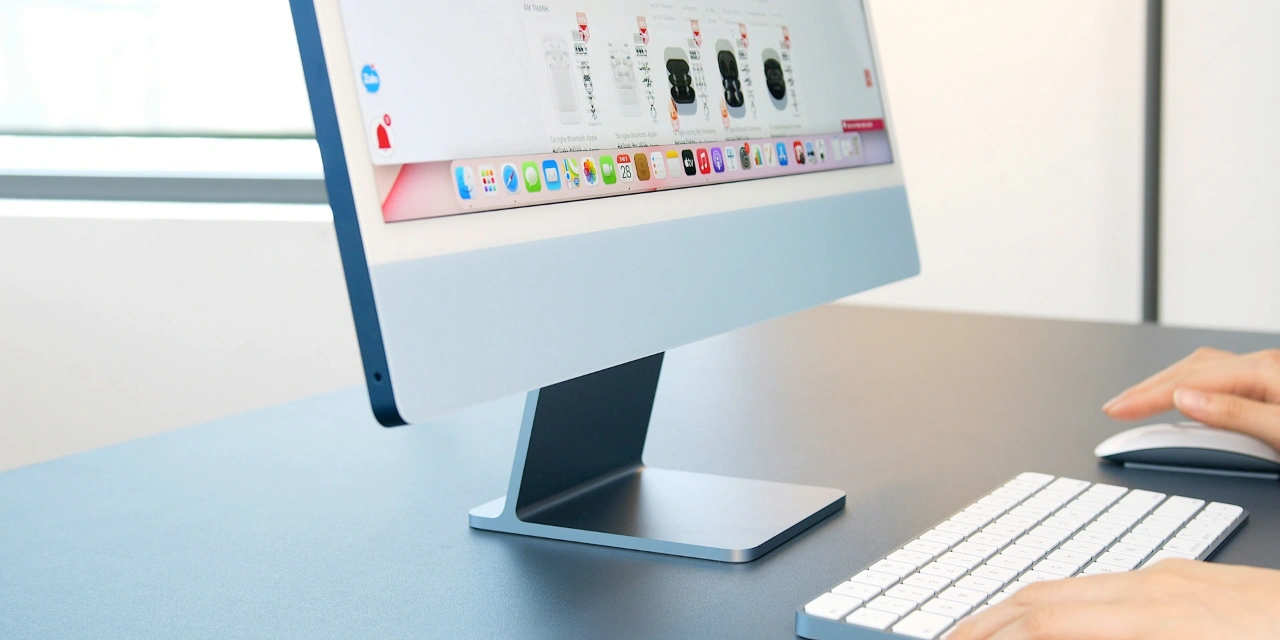[ad_1]
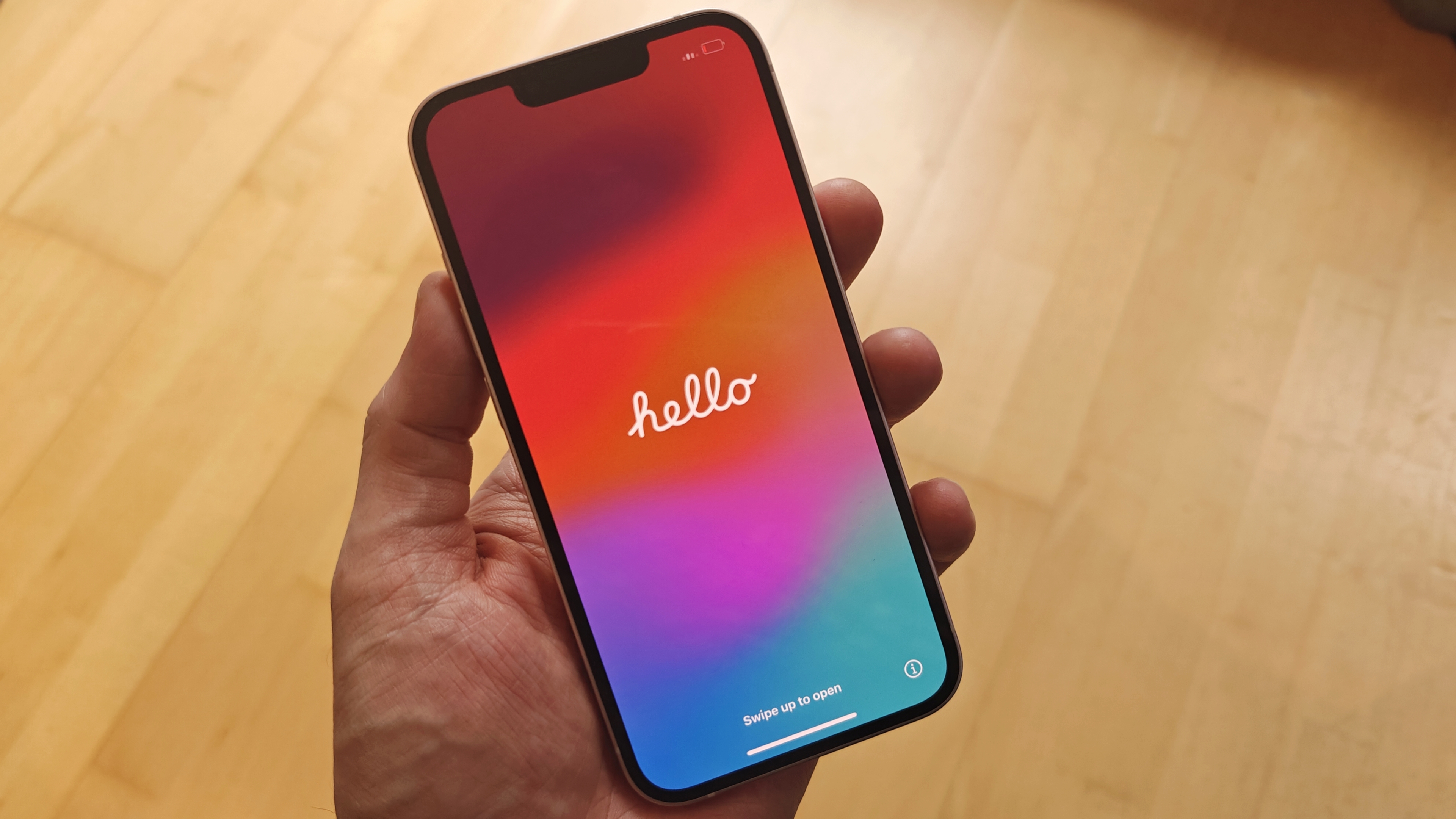
It’s no secret that Apple is working on generative AI. No one knows what it’ll all entail, but a new leak from AppleInsider offers some insight. The publication recently spoke to “people familiar with the matter,” claiming Apple is working on an “AI-powered summarization [tool] and greatly enhanced audio transcription” for multiple operating systems.
The report states these should bring “significant improvements” to staple iOS apps like Notes and Voice Memos. The latter is slated to “be among the first to receive upgraded capabilities,” namely the aforementioned transcriptions. They’ll take up a big portion of the app’s interface, replacing the graphical representation for audio recordings. AppleInsider states it functions similarly to Live VoiceMail on iPhone, with a speech bubble triggering the transcription and the text appearing right on the screen.
Alongside VoiceMemos, the Notes app will apparently also get some substantial upgrades. It’ll gain the ability to record audio and provide a transcription for them, just like Voice Memo. Unique to Notes though, is the summarization tool, which will provide “a basic text summary” of all the important points in a given note.
Safari and Messages will also receive their own summarization features, although they’ll function differently. The browser will get a tool that creates short breakdowns for web pages, while in Messages, the AI provides a recap of all your texts. It’s unknown if the Safari update will be exclusive to iPhone or if the macOS version will get the same capability, but there’s a chance it could.
Apple, at the time of this writing, is reportedly testing these features for an upcoming release on iOS 18 later this year. According to the report, there are plans to update the corresponding apps with the launch of macOS 15 and iPadOS 18; both of which are expected to come out in 2024.
It’s important to mention that there are conflicting reports on how these AI models will work. AppleInsider claims certain tools will run “entirely on-device” to protect user privacy. However, a Bloomberg report says some of the AI features on iOS 18 will instead be powered by a cloud server equipped with Apple’s M2 Ultra chip, the same hardware found on 2023’s Mac Studio.
The reason for the cloud support is that “complicated jobs” like summarizing articles require extra computing power. iPhones by themselves, may not have the ability to run everything internally.
Regardless of how the company implements its software, it could help Apple catch up to its AI rivals. Samsung’s Galaxy S24 has many of these AI features already. Plus, Microsoft’s OneNote app can summarize information thanks to Copilot. Of course, take all these details with a grain of salt. Apple could always change things at the last minute.
Be sure to check out TechRadar’s list of the best iPhones for 2024 to see which ones “reign supreme”.
You might also like
[ad_2]
Source Article Link


